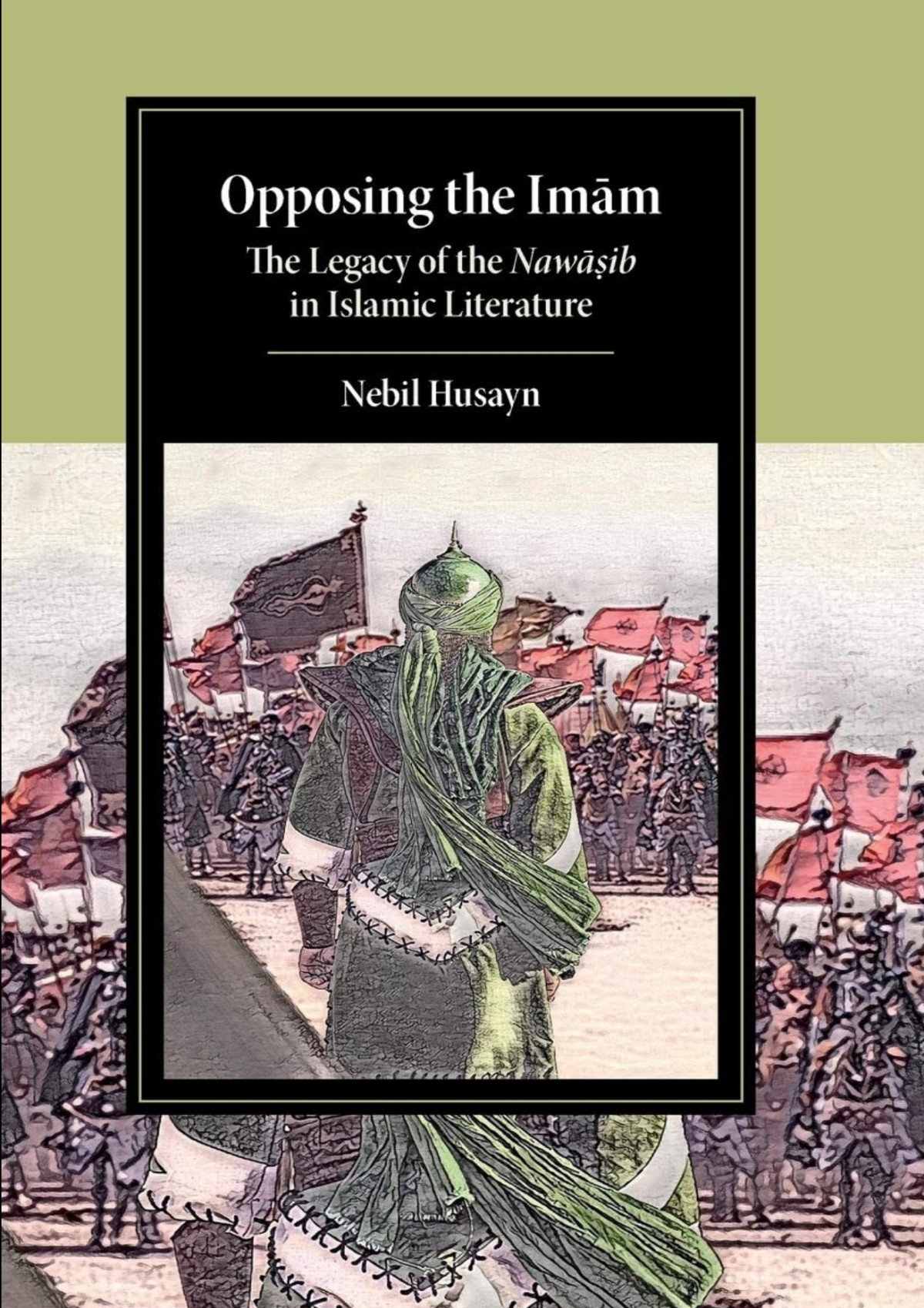

Most ebook files are in PDF format, so you can easily read them using various software such as Foxit Reader or directly on the Google Chrome browser.
Some ebook files are released by publishers in other formats such as .awz, .mobi, .epub, .fb2, etc. You may need to install specific software to read these formats on mobile/PC, such as Calibre.
Please read the tutorial at this link: https://ebookbell.com/faq
We offer FREE conversion to the popular formats you request; however, this may take some time. Therefore, right after payment, please email us, and we will try to provide the service as quickly as possible.
For some exceptional file formats or broken links (if any), please refrain from opening any disputes. Instead, email us first, and we will try to assist within a maximum of 6 hours.
EbookBell Team

4.7
16 reviewsIslam’s fourth caliph, ʿAlī, can be considered one of the most revered figures in Islamic history. His nearly universal portrayal in Muslim literature as a pious authority obscures centuries of contestation and the eventual rehabilitation of his character. In this book, Nebil Husayn examines the enduring legacy of the nawāṣib, early Muslims who disliked ʿAlī and his descendants. The nawāṣib participated in politics and discussions on religion at least until the ninth century. However, their virtual disappearance in Muslim societies has led many to ignore their existence and the subtle ways in which their views subsequently affected Islamic historiography and theology. By surveying medieval Muslim literature across multiple genres and traditions including the Sunnī, Muʿtazilī, and Ibāḍī, Husayn reconstructs the claims and arguments of the nawāṣib and illuminates the methods that Sunnī scholars employed to gradually rehabilitate the image of ʿAlī from a villainous character to a righteous one.